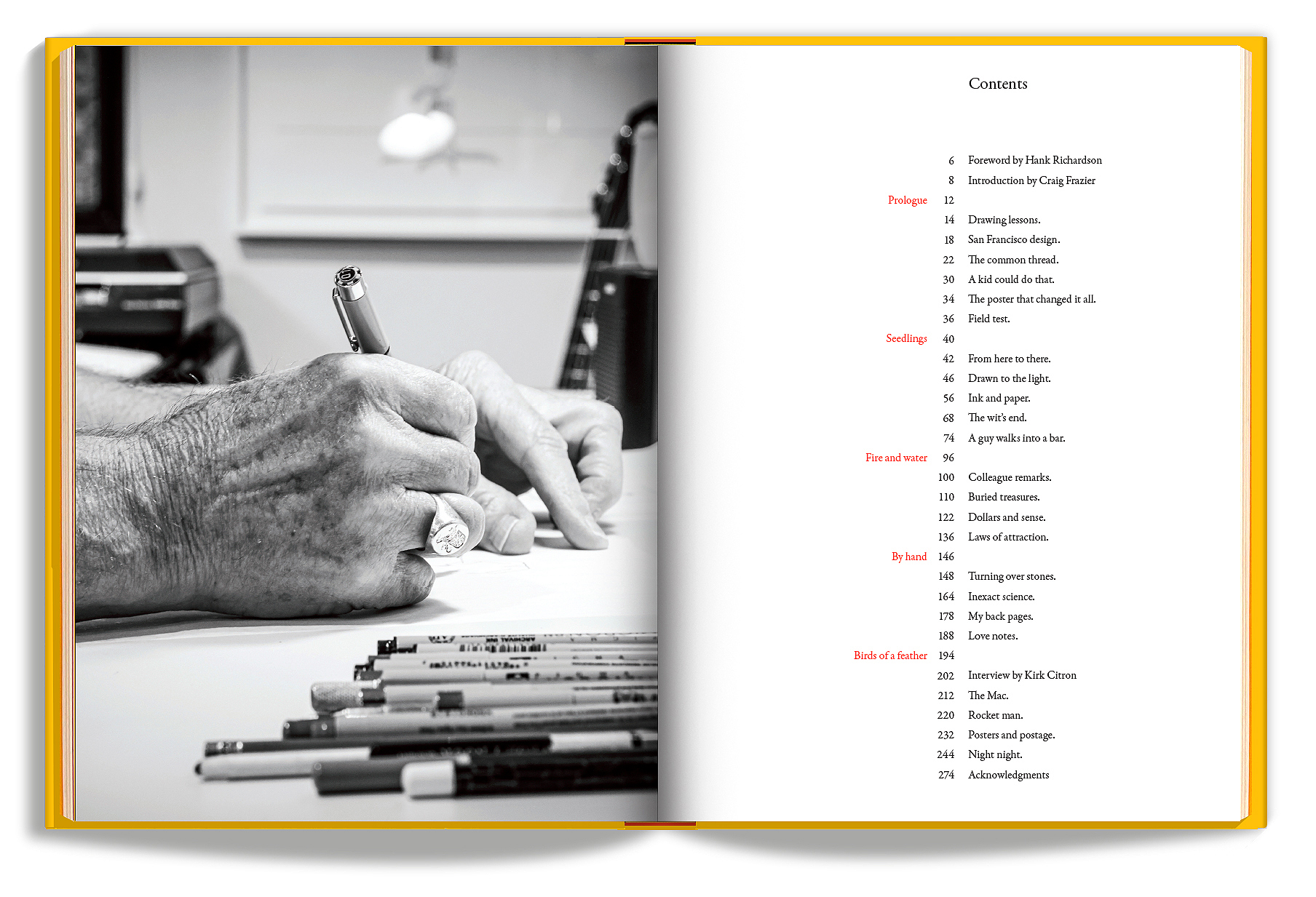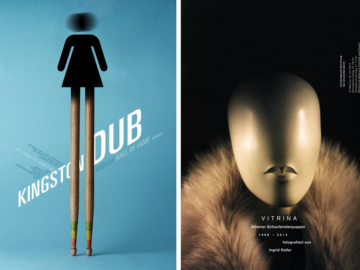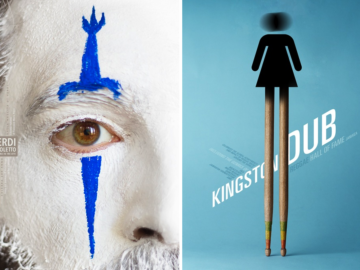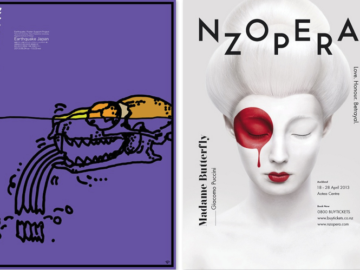Drawn offers a compelling look into Craig Frazier’s illustrious 40-year career in illustration, showcasing over 405 of his works for leading publications and businesses worldwide. Beyond being a visual feast, the book includes Craig’s essays that reveal his journey from designer to renowned illustrator, his strategic approach to the business, and his commitment to creating thought-provoking, conceptual art. This collection not only highlights Craig’s unique blend of wit, metaphor, and simplicity but also invites readers into the deeply personal story behind his creative process. Here, we take a look at the interview with Craig, providing a rare insight into the mind of a creative who has seamlessly connected design with storytelling.
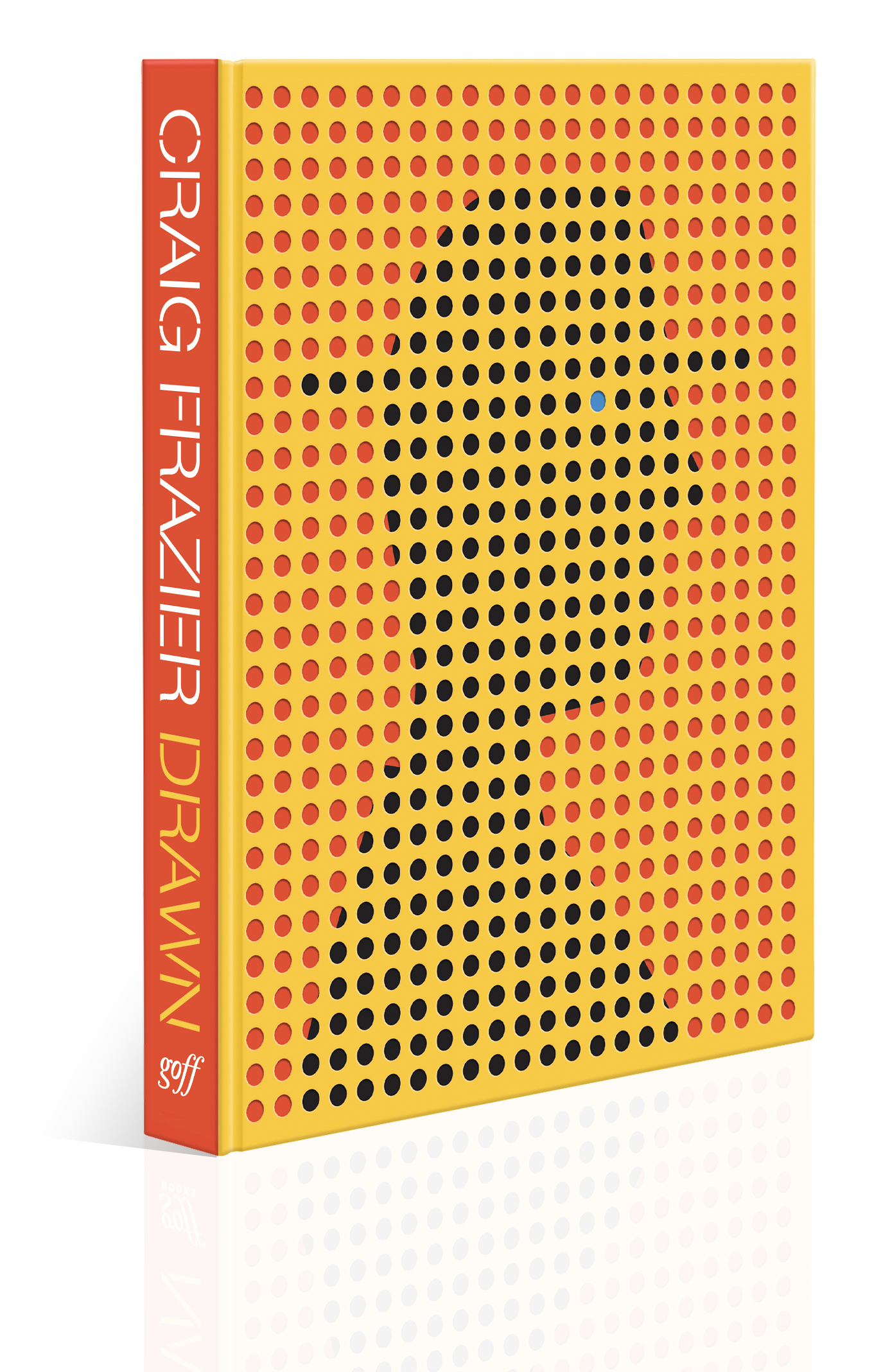
Interview by Kirk Citron, Writer, Creative Director, Founder, AKQA
Full disclosure: I’ve known Craig for thirty-five years, and he’s one of my closest friends. We’ve worked together, traveled together, been fired off projects together, and spent many long evenings talking about art, design, writing, music, and creativity. Still, I had a few questions.
When we first met, you were still a designer. But you’d also been doing some ads for Steelcase that I admired. What did you learn from doing advertising?
It changed the way I thought about visuals. I realized they should be complementary to the copy, not just a picture of what the words are already saying. Reading Bernbach completely reorganized the way I approach the page. The whole is greater than the sum of the parts. Another thing I noticed is that advertising has a responsibility to actually make something happen, to provoke some kind of response in the reader. Designers don’t usually think that way. So I always try to ask, what are we really trying to do? And that completely changes the way you illustrate.
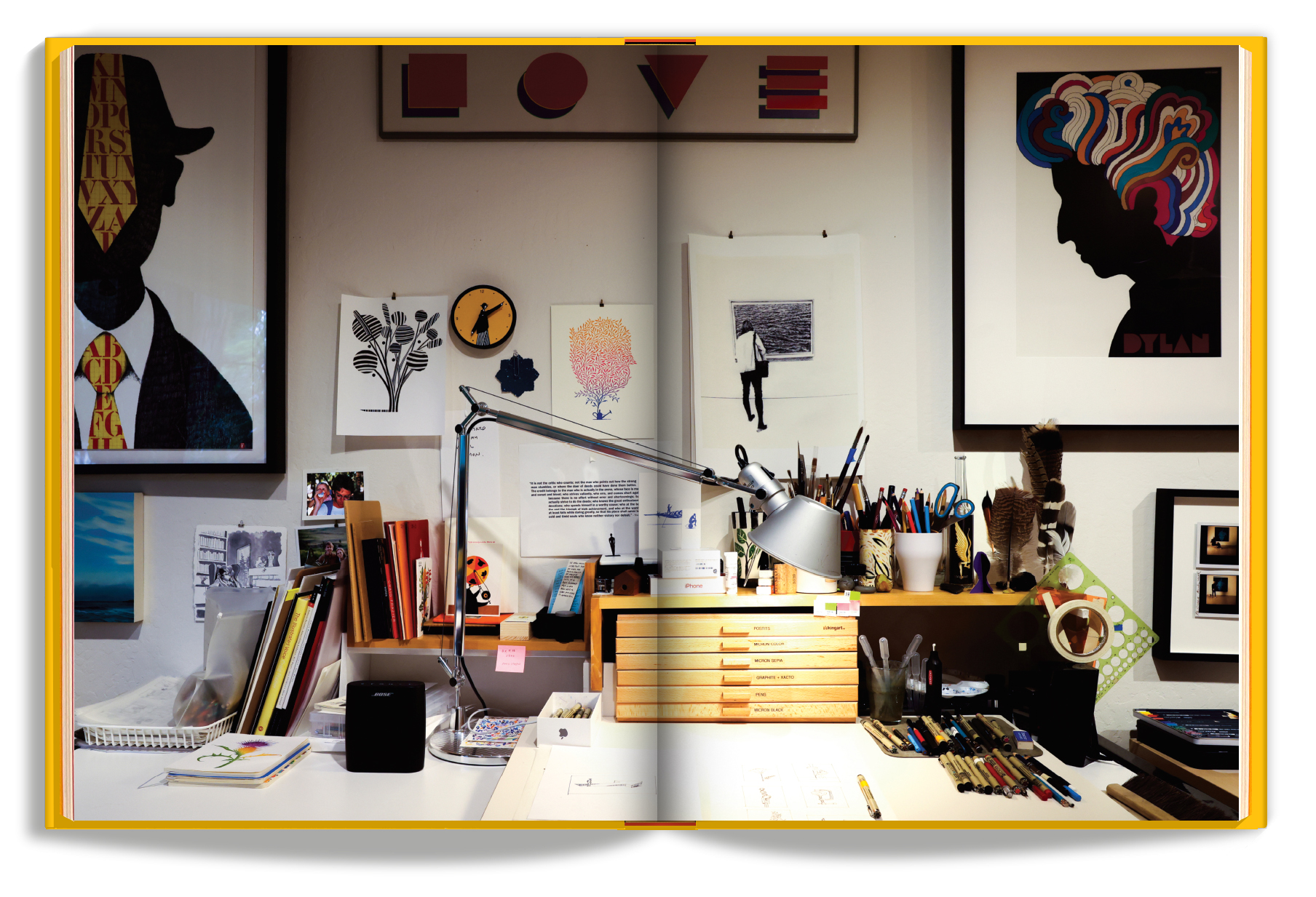
What is it about drawing that you like?
I like drawing because it’s personal. It’s a solitary act, but it can protect you from feeling alone, from being isolated, from feeling different. It’s a way to feel some sense of yourself when you’re completely by yourself. Beyond that, it’s a reflection of how you see things. I’m also aware that not everyone can do it, so there’s a bit of identity attached to it. Because, you know, I’m not a musician, and I’m not an athlete—it’s just what I do. It’s a satisfying way to make a living.

What is it that keeps you drawing?
There is no thrill like drawing a picture that you didn’t expect to draw. Where you might have kind of imagined it, but it came out even better. It’s what every creator feels: that you’ve produced something out of nothing. It’s remarkably satisfying. I think particularly at this stage of the game, it’s probably the best use of my skills, the best use of my intellect, it’s the best use of all that I feel. It’s proof of work. It’s proof of work that you got something done that day.
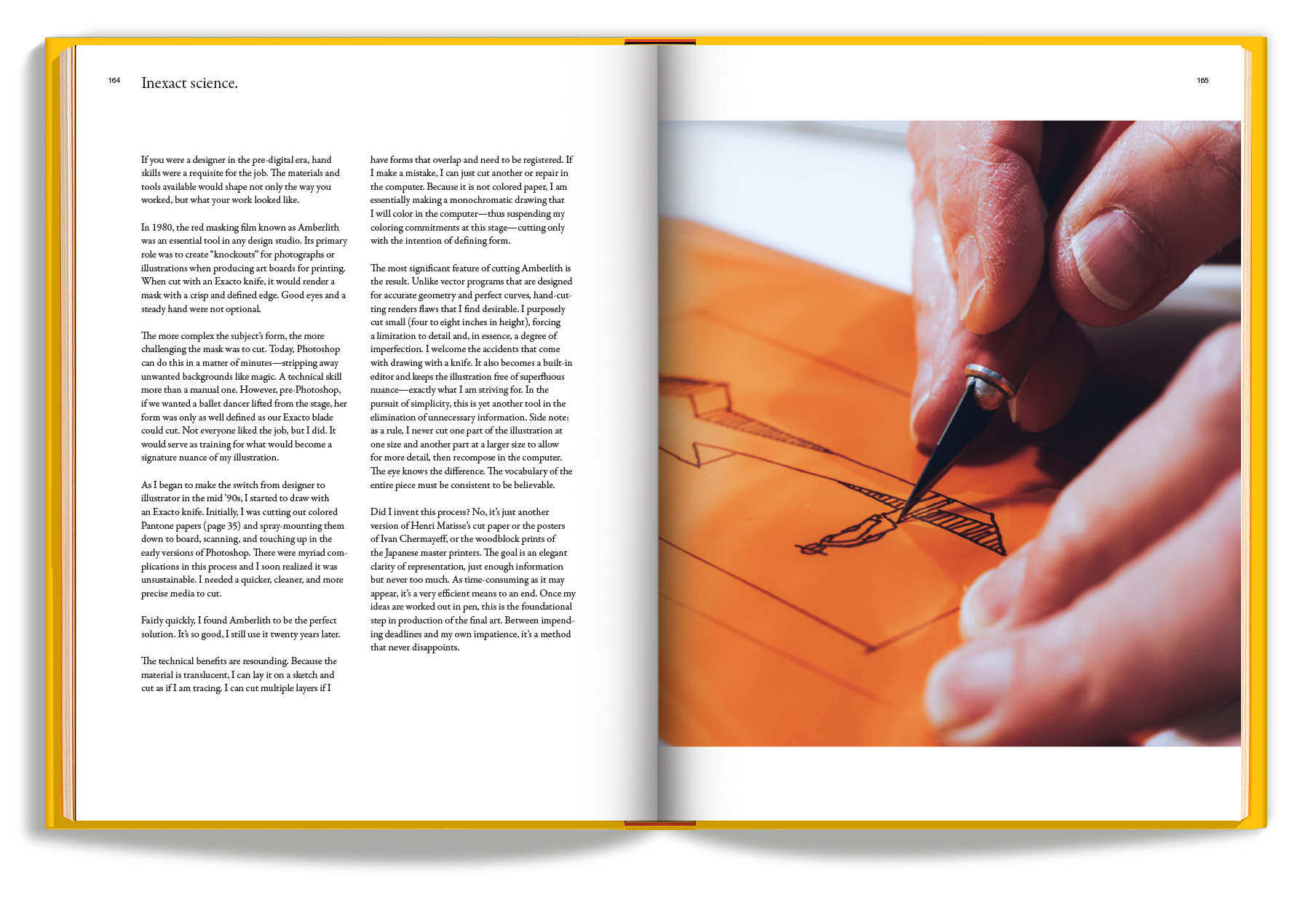
How do you think your personality is reflected in your work?
I’ve always been a smart aleck. It’s the way I am in conversation. It’s the way I am with my best friends. I enjoy that kind of repartee. And so I think there’s something askew inside that I’m trying to visualize, a kind of a spark if you will. A lot of times, I’m illustrating things that are very, very serious, and so it’s not unlike what I would do in conversation—to somehow lighten the thing up and search for an optimistic side to it. To keep things interesting.
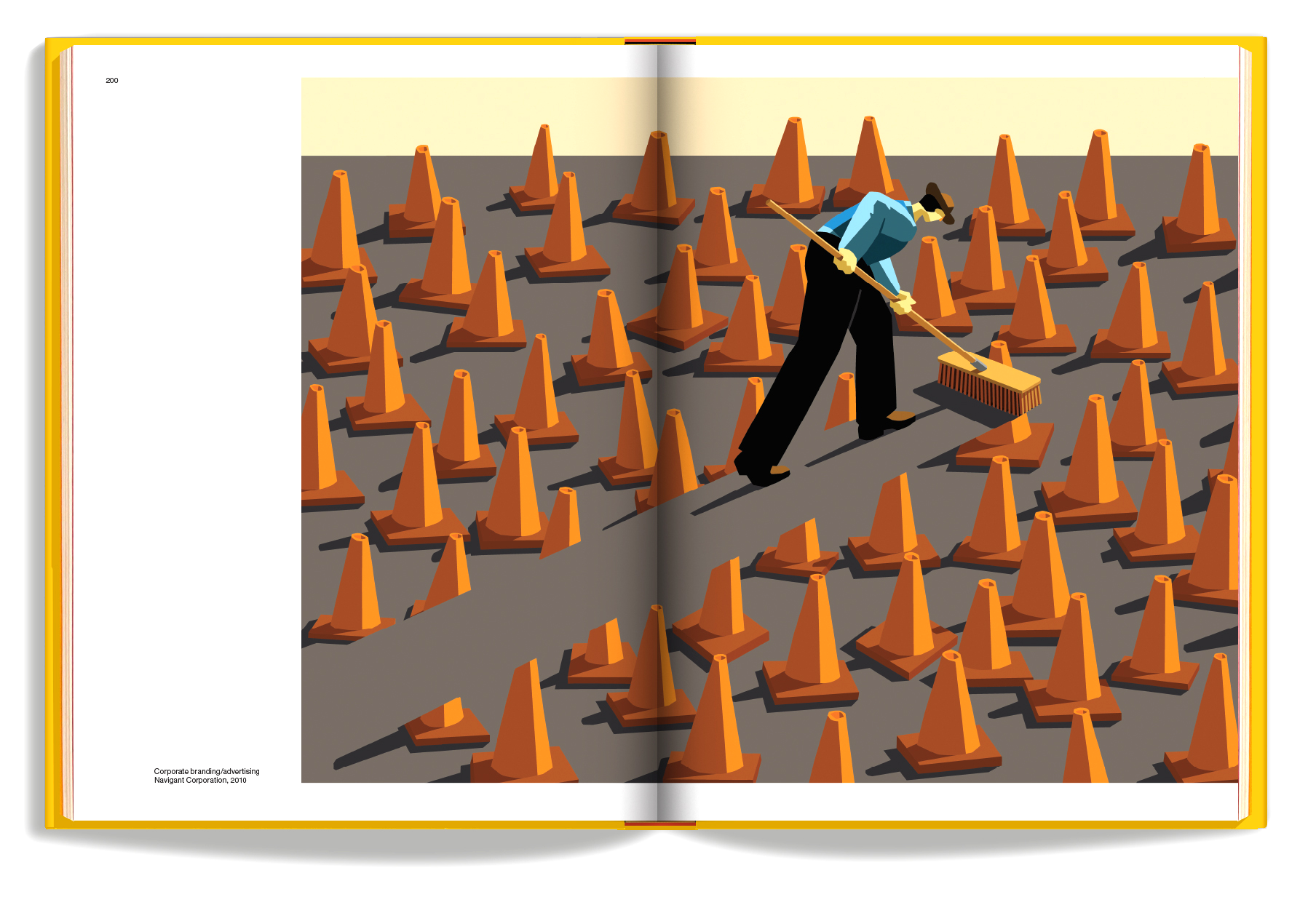
What do you think clients want when they hire you?
I don’t actually know what they want, but I know what I want them to want: my best work. The really good clients are familiar with me; they want that thing that I do. And I don’t know what that is completely, but it’s partially intellectual and partially graphic. They want their message packaged the way I do it. And when a project doesn’t go well, it’s because that’s not what they really wanted.

How do you handle rejection?
It never feels good, but it’s part of the job. If I miss the mark on the sketches, I’ll just start over. But if something happens mid-project, it’s usually because somebody got involved at the last minute and changed the assignment. I was once doing ads for Chevrolet when they introduced this big van that had doors on two sides, and the campaign was about work in/fun out (page 130). So I did a sketch with a carpenter loading in wood on one side and a dog jumping out through a hoop held by a clown on the other. It was just a funny way of making the point. But then the CEO saw it and said, “I hate clowns. They scare me.” There’s no win out of that.

What’s the best compliment you ever got?
When my son Drew was about five or six, he was looking at one of my little promo books, page by page, really closely. I asked, “Drew, what are you doing?” And he said, “I’m looking for that thing you do in each drawing.” He was already aware of this thing that existed in most of my illustrations—and he took pleasure in finding it. That was high praise.
